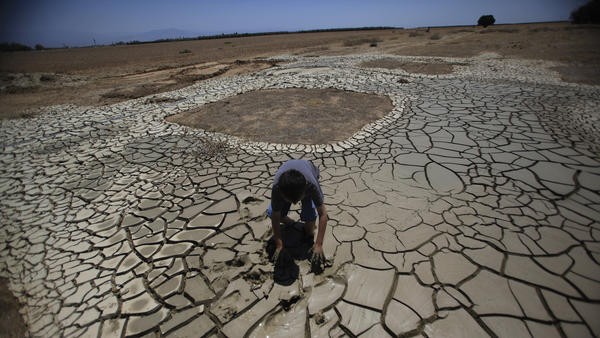The forecasted El Nino event last year has finally arrived on Thursday as the National Oceanic and Atmospheric Administration (NOAA) issued an "El Niño Advisory."
California is about to experience El Nino drought four years in a row. This dry times, especially the strong ones, can favor more than the average winter rainfall on the West Coast among other climate scientists refer to as teleconnections.
The current El Nino however is not as strong and scientists do not see it getting stronger than its current status anytime soon.
Climate Prediction Center (CPP), is a part of NOAA, disclosed that the El Nino event is just barely crossing the thresholds of ocean temperatures and weather patterns that are needed before a spectacle as such be declared, according to Mashable.
These El Nino occurrence normally happens between three to seven years are considered once a warmer than average Pacific Ocean with an altered rainfall patterns and the circulation of air near the equator, coming from the Eastern Pacific all through Australia and Indonesia.
Just recently, the sea surface's got warmer but the atmosphere is not behaving like an El Nino is to arrive soon, explained NOAA on its blog post on Thursday.
The El Niño-Southern Oscillation, or ENSO, is an occurrence than an El Nino is part of what is happening and usually called a coupled-phenomenon where atmosphere and ocean reinforces one another.
"Unfortunately, this El Niño is likely too little, too late and too weak to provide much relief for drought-stricken California, as California's rainy season is winding down," explained Mike Halpert, Deputy Director of the Climate Prediction Center at the National Oceanic and Atmospheric Administration.
The main factor that made the forecasters call it an El Nino event is due to westerly wind blowing towards the central tropical Pacific Ocean, which have made the slow movement of warm waters from this region to the eastern tropical Pacific.
NOAA disclosed that there is a 50 percent to 60 percent chance that El Nino will persist on the coming summer time, LA Times reported.



























